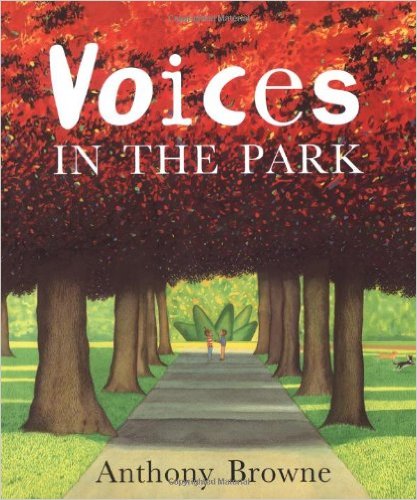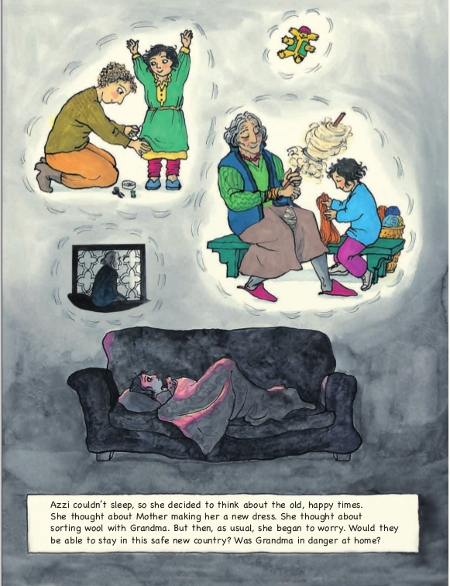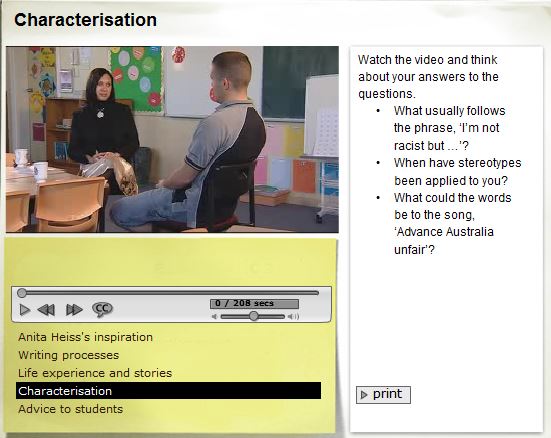Audience: Stage 1
Submitted by: Salma Al Hindi
Resource description:
Voices in the Park (by Anthony Browne) explores one experience (a visit to the park) through four different perspectives.
1. Show students the cover of the book and read the title. What do the students think the book is going to be about? (Do any students suggest that it is to do with friendship because the dogs and two children are together in pairs?)
2. Gather the students close on the carpet so that they can see the illustrations. Show each page and read the book straight through without stopping. Then go back to the start, and ask the students questions about the friendship of the two children who meet at the park. Ask the students about friends that they have met who are from different cultures - how did they meet them and how did they feel when they made a new friend? These starting points will lead into fruitful observations. Allow students time to listen and think. Mirror back comments that might lead to further thought.
3. Ask students to draw a picture about when they have met someone new. This is to be used as a reference for writing. After they have drawn their picture, ask students to write about meeting someone for the first time and how they felt about making a new friendship. After the writing has been edited by a teacher, students can share their writing on a class blog or publish as a story.
4. Allocate an individual ‘voice’ to groups within the class and ask them to make a list of ideas about the different characters. After an allocated time, come back together to share each group’s thoughts and make a class list.
5. Further possibilities for intercultural communication include:
• Discuss what each character thinks about the other three.
• Hot seat each character in turn (allow class to prepare questions in advance).
• Having selected a key image, students draw a ‘thought bubble’ to show what the character is thinking.
• Discuss why the characters might behave as they do.
• Freeze an image and then interview the characters about what they are thinking and feeling.











